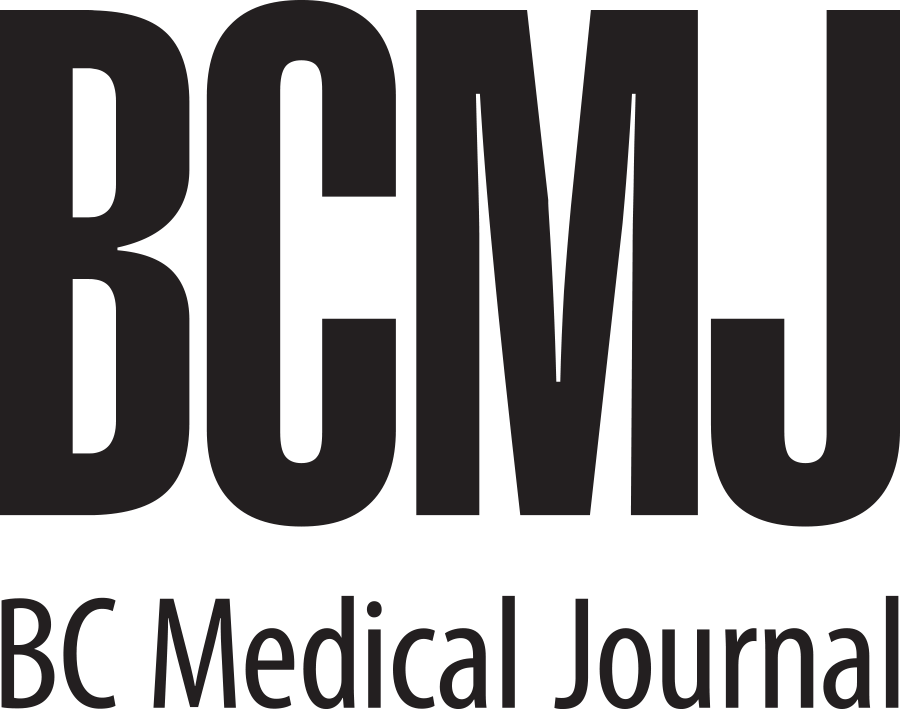Reconnecting physicians to primary maternity care
With more family physicians renouncing their obstetrical privileges or opting to leave obstetrics out of their practices, BC is in growing need of family practice providers of primary maternity care. Billing fee data show a steady decline in the total number of family physicians billing maternity fee items. From 2008 to 2012, the total number of family physician obstetrical billers decreased by about 4%.[1]
As prenatal and obstetrical care provided by family physicians is an essential and valued service, the GPSC, a partnership of Doctors of BC and the BC government, has committed nearly $1 million to increasing the number of family physicians who include obstetrics in their scope of practice.
On 1 October, the GPSC reinstated its obstetrical program, Maternity Care for BC (MC4BC), which promotes, supports, and trains practising family physicians at any stage of their career. With a goal of increasing the number of BC family physicians participating in low-risk maternity services, MC4BC supports the reintegration of obstetrics into established practices and creates opportunities for continued practical learning.
MC4BC is designed for physicians who want to include obstetrical care in their practices, refresh their obstetrical care skills or training, or gain additional obstetrical skills and experiences.
Initially launched in 2008 and evaluated in 2013, the self-directed program engaged 74 participants in its first 5 years. Nearly 100% of the polled participants agreed that MC4BC is an important support to family physicians by enhancing the care they provide to patients, and that MC4BC increased their confidence in performing obstetrical deliveries.[1]
As a result of the evaluation, the relaunched program expanded its scope in October 2014 to include postprogram mentorship, antenatal/postpartum care support, moderated maximum number of births per participants (i.e., 20 births), and a self-directed learning experience.
The program aims to meet physicians’ individual needs with flexibility in location, timelines, and schedules. MC4BC focuses on skill development for established family physicians and those newly in practice through hands-on experience, mentorship, and financial support.
Experience
The program offers practical experience with preceptor support for participants providing antepartum, labor and delivery, postpartum, and newborn care for the duration of the program (up to 1 year).
Mentorship
MC4BC graduates may choose to connect with a licensed health care provider for postprogram advice and guidance. Mentors provide support and encouragement for the integration of maternity care into a family medicine practice and foster a safe learning culture. Mentorship support will be available to program graduates for up to 1 year following the completion the program.
Financial support
Each participant is eligible for funding to help cover income loss, travel costs, insurance upgrade, and additional educational requirements.
Following the completion of the MC4BC program, participants agree to attend (and to permit GPSC to confirm with MSP)—as primary provider—a minimum of 12 births over 24 months, practise obstetrics in BC, and maintain hospital privileges for the purpose of practising obstetrics.
Eligible family physicians:
• Have obtained full registration and licensure from the College of Physicians and Surgeons of BC.
• Have obtained hospital obstetrical privileges for the hospital(s) in which the physician receives training.
• Commit to practise general practice obstetrics in BC upon completion of the program for a minimum of 2 years.
• Complete all required application documentation.
The MC4BC subcommittee reviews applications monthly and recommends applicants to the GPSC. Participants must begin training within 6 months of documented acceptance into the program and are required to complete training within 1 year.
Applications to the program administrator are reviewed in order of receipt. The application deadline is 1 March 2015.
Physicians are encouraged to participate in MC4BC. To apply to the program, or for further details, e-mail gpsc.mc4bc@doctorsofbc.ca or visit www.gpscbc.ca.
—Shelley Ross, MD
GPSC Co-chair
—Mark Armitage
GPSC Co-chair
hidden
This article is the opinion of the GPSC and has not been peer reviewed by the BCMJ Editorial Board.
References
1. Dr Vicki Foerster and Associates. Maternity Care for British Columbia (MC4BC) Evaluation Report. May 2013.
